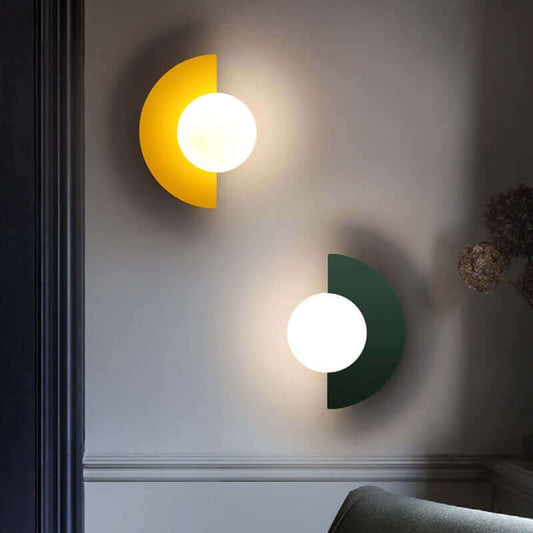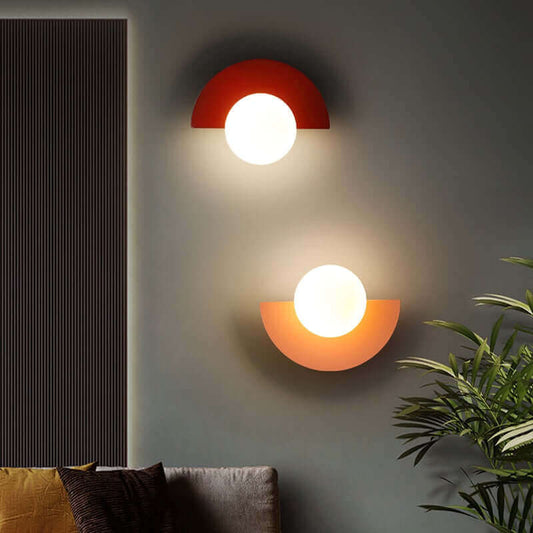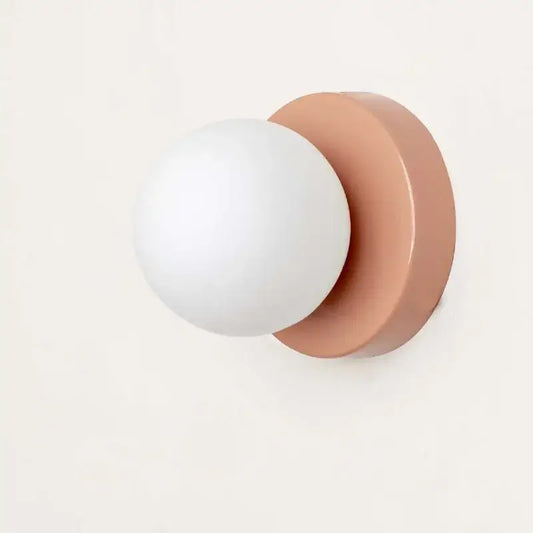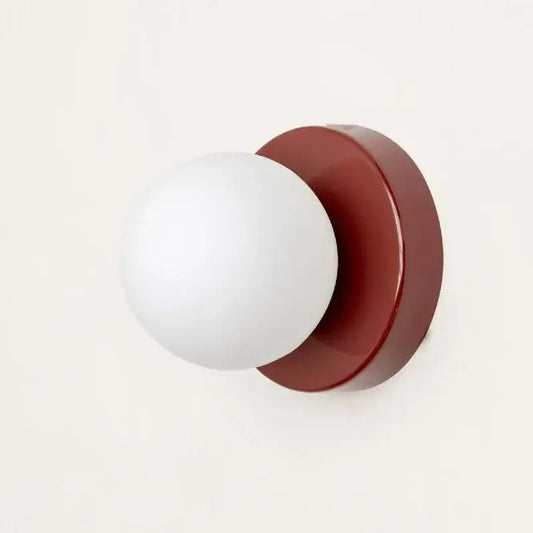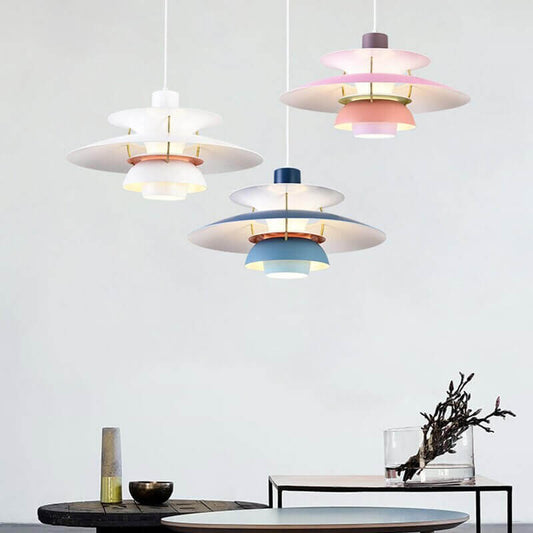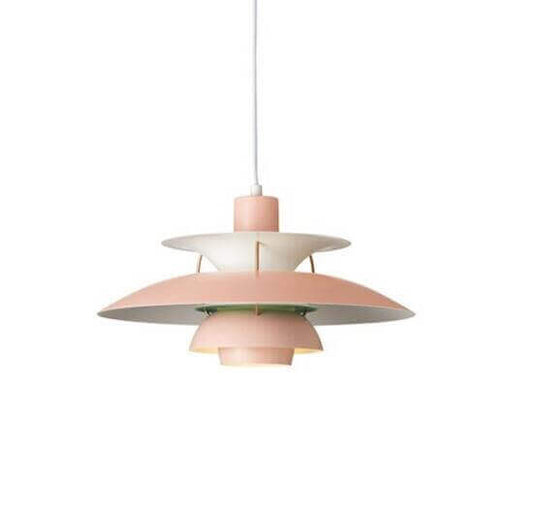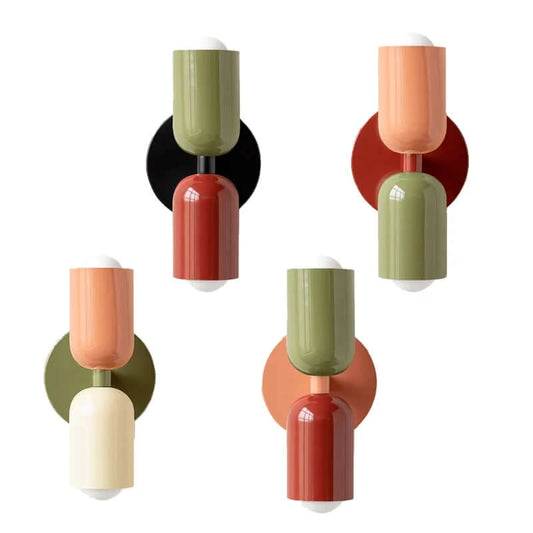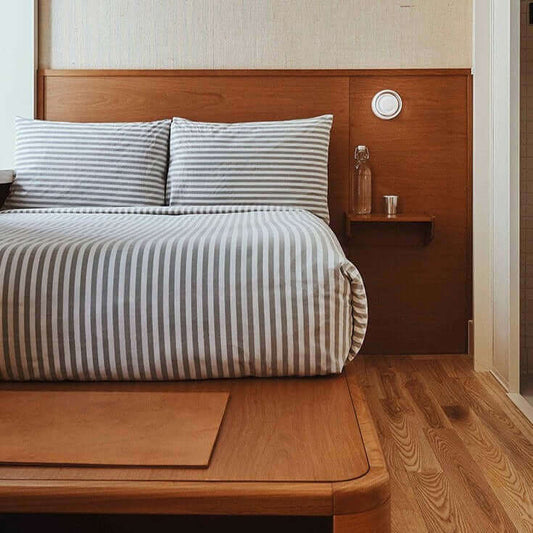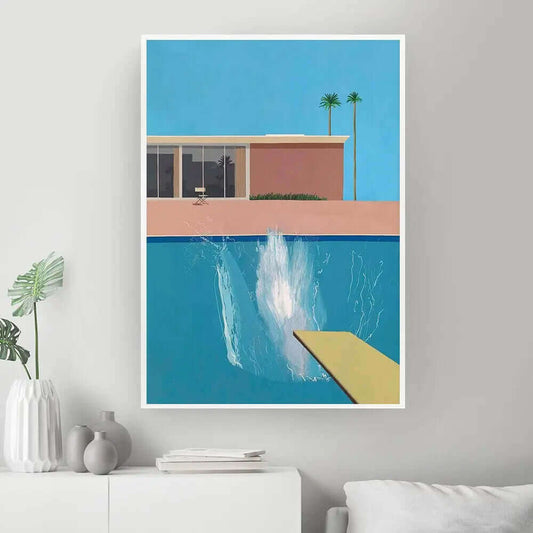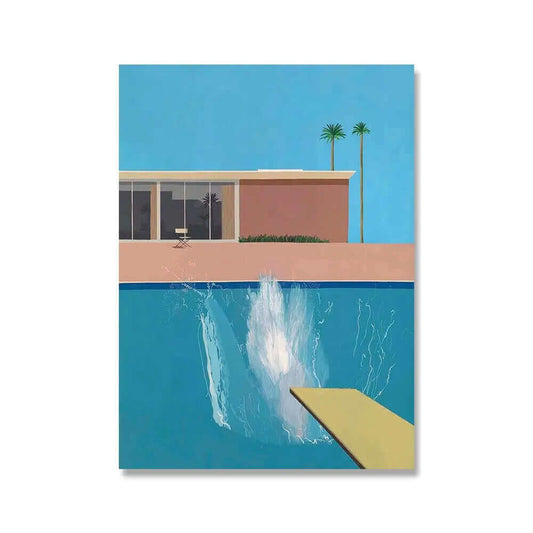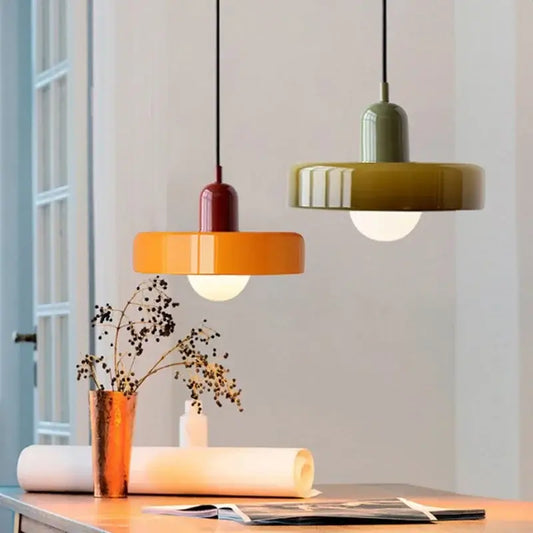When it comes to interior design, texture is a powerful element that adds depth, visual interest, and a tactile quality to a space. While texture is often associated with traditional materials like wood, stone, or fabric, it can be used in unexpected ways to create a unique and captivating environment. In this article, we will explore the creative use of texture in interior design, going beyond the conventional approaches. By following the BAB (Before, After, Bridge) method, we'll uncover how texture can be incorporated into a room in surprising and delightful ways.
Before: Assess the Space and Identify Opportunities
Before diving into the exciting adventure of incorporating unconventional textures, it's crucial to assess your space and identify the perfect opportunities for introducing texture effectively. Here’s a quick guide to get you started:
Existing Materials
Evaluate the existing materials in your room. Notice the smooth walls, glossy surfaces, or sleek furniture. These areas offer prime opportunities to introduce contrasting textures that create visual interest. For instance, a smooth wall can be enhanced with a textured wall hanging that adds depth and character.
Functional Areas
Assess the functional areas of your room and determine where unexpected texture can be incorporated. This could be on walls, floors, furniture, or even smaller decorative elements like pillows or artwork. Imagine a sofa adorned with embroidered pillows, adding both visual and tactile appeal.
Color Palette and Theme
Consider your room’s overall color palette and theme. The unexpected textures should complement the existing design and add a unique touch without overpowering the space. A neutral-themed room, for example, can be beautifully accented with a natural wood sculpture to introduce organic texture and warmth.
After: Incorporating Unexpected Texture
Once you have assessed the space and identified opportunities, it's time to bring those textures into your design. Follow these steps to create a captivating and textured environment:
Textured Wall Hangings
Add visual interest and dimension to your walls with textured wall hangings. Consider woven tapestries, macramé pieces, or fabric panels with intricate patterns. These unique textures will immediately draw attention and become a focal point in the room. Check out this woven tapestry for inspiration.
Unconventional Fabrics
Look for unconventional fabrics that add texture to furniture and accessories. Opt for pillows with embroidered designs, fringed edges, or velvet finishes. These unexpected textures will not only be visually appealing but also provide a tactile experience. Explore these embroidered pillows for a striking addition to your decor.
Natural Elements
Bring the outdoors inside by incorporating natural textures. Consider adding a branch or driftwood sculpture, a pebble-filled vase, or a dried floral arrangement. These elements not only introduce texture but also create a sense of calm and connection with nature. A sculptural branch decor can beautifully enhance your space with its organic form and texture.
By thoughtfully assessing your space and strategically incorporating unexpected textures, you can transform any room into a visually and tactilely engaging haven. The key is to blend these elements seamlessly with your existing decor, creating a harmonious and inviting environment.
Bridge: Finding Balance and Harmony
To achieve a balanced and harmonious space with unexpected texture, consider the following tips:
- Contrast and balance: Balance the unexpected textures with smoother surfaces and materials. This contrast will enhance the visual impact of the textures and prevent the room from feeling overwhelmed. For example, pair a textured wall hanging with a sleek and minimalist furniture piece.
- Limited focal points: Choose a few focal points within the room to showcase the unexpected textures. This will ensure that the textures stand out and make a statement without overwhelming the entire space.
- Cohesive color scheme: Maintain a cohesive color scheme throughout the room to tie together the various textures. This will create a unified and harmonious design. Choose colors that complement the textures and create a visually pleasing composition.
Texture is a powerful tool that can transform a room and elevate its design to new heights. By assessing the space, identifying opportunities, and incorporating unexpected textures using the BAB method, you can create a visually captivating and tactilely engaging environment. Remember to balance the unexpected textures with smoother surfaces, choose limited focal points, and maintain a cohesive color scheme. With these considerations in mind, you can successfully infuse your space with unexpected texture, resulting in a design that is unique, intriguing, and delightfully textured. So, unleash your creativity, explore unconventional materials, and let texture take center stage in your interior design endeavors.
You will find many other interior design tips in our Top 50 Best Kept Secrets Used By Interior Designers to Transform your Space.





